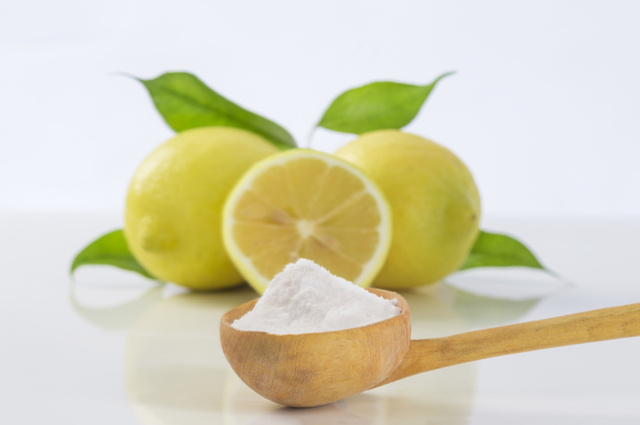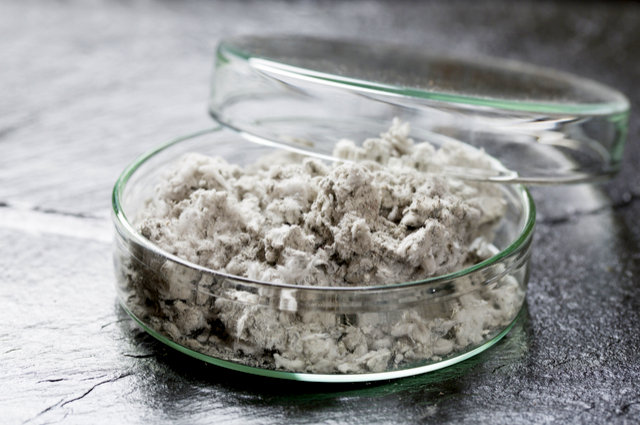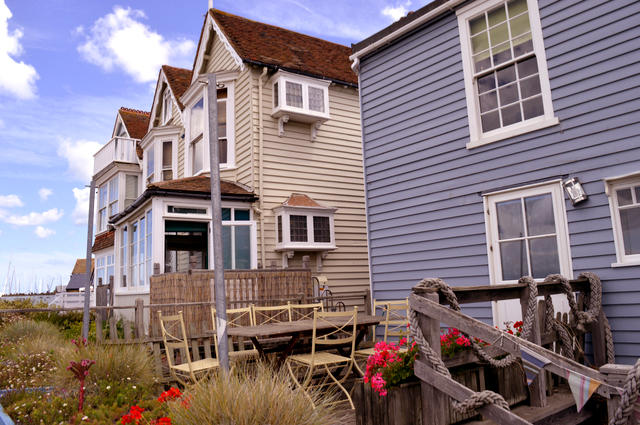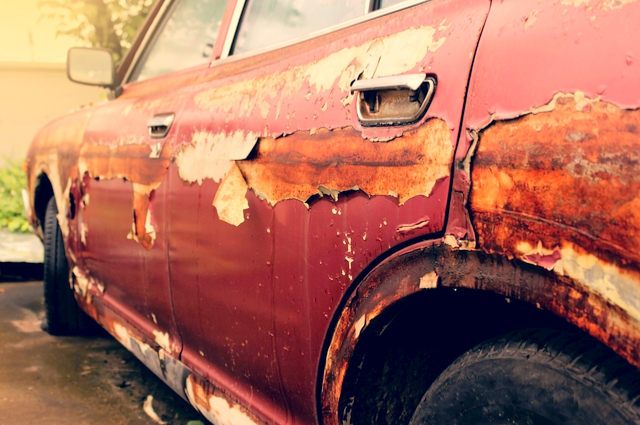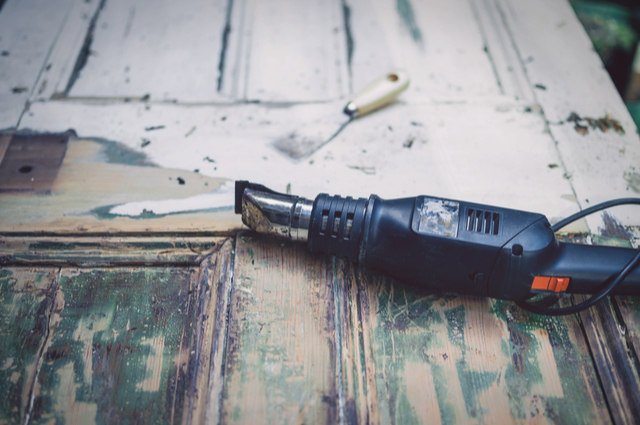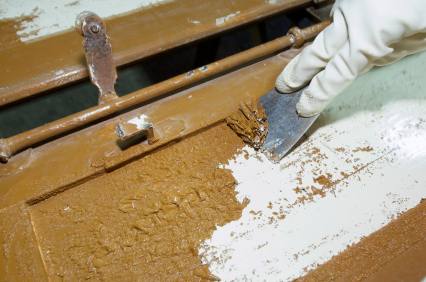Stripping the paint off of old woodwork can be one of the most time-consuming and mundane tasks a do-it-yourself ever undertakes.
It’s also very messy, whether you chose to use a chemical stripper or a sander.
There are ways, however, of streamlining stripping to eliminate some of the sweat equity and, at the same time, bring back the natural beauty of wood detail that has been muddied by countless layers of paint.
The key to a successful stripping job is patience – this work can take weeks.
One of the first steps is to determine if painted wood SHOULD be stripped.
Many homes have pine woodwork that was intended to be painted from the start. Such woods look better painted because they don’t stain well.
To determine what type of wood your home has, remove a small amount of paint, or peek behind a doorknob plate. Because it was a cheaper wood, pine was generally used in kitchens and bedrooms while the more expensive woods such as oak was used in living rooms, dining rooms and foyers.
STRIPPING VERSUS SANDING
Many wood experts lean towards stripping over sanding.
Stripping has several advantages:
It’s less dusty than sanding, a major concern if there’s lead-based paint in your home. Sanding lead-based paint off wood sends lead dust into the air. That dust can result in high blood levels of lead, which is dangerous to children under six years of age.
Lead can attack children’s minds, affecting their intelligence, memory, reaction time and concentration. Lead poisoning has also been associated with complications with pregnant women.
If your home was built prior to 1970, there’s a strong chance it has lead-based paint somewhere inside. Prior to 1940, lead-based paint was used in about two-thirds of all homes.
Chemical strippers also don’t remove the stain and patina – the natural color that comes with the aging process of the wood.
Strippers also do a better job at removing paint from cracks and crevices in the detail of the wood.
In addition to stripping and sanding, another method of removing paint is with a heat gun. The heat gun softens the paint so that it can be scraped away. A disadvantage is that it’s usually more time-consuming than chemical strippers.
The next step is to determine whether to remove the wood pieces from the walls and strip them, or strip them in place.
Items such as staircase railings or fireplace mantles are nearly impossible to remove. Often, they need to be stripped while in place. Door and window trim, meanwhile, can be removed with a bit of effort.
If you remove pieces of woodwork, carefully catalog each piece so you know where they should be replaced. Also, be prepared to make a few wall repairs.
Because they are fairly cumbersome, consider sending large wood pieces such as doors to commercial stripping operations where they can be dipped into chemical vats. That will save you time plus the cost of enough chemical stripper for a door.
Before you begin to strip the wood, protect yourself with a respirator, a long-sleeved shirt, protective goggles and gloves.
An easy way to chemically strip long, narrow pieces of woodwork is to create a tub out of piece of old gutter or ductwork. Cap both ends of the gutter or ductwork and plug any leaks. Set it on a secure surface and fill it with liquid stripper.
Next, immerse the piece of woodwork and use a brick to hold in place. Keep the wood submerged for several minutes until the paint starts to bubble off.
If you don’t have a tub, coat the piece of wood liberally with the stripper using an old paintbrush. Semi-paste strippers will adhere to the wood better but take longer to work.
Let the stripper remain on the wood for a while, but not long enough to dry out.
There are a number of tools you can use to remove the stripper and paint.
For flat wood, a putty knife at a low angle is a good tool. Use a can or plastic container to scrape the old paint off the putty knife.
Awls, stiff bristle brushes, toothbrushes or steel wool are good other tools to remove the loosened paint.
If you strip wood in place, use the semi-paste stripper to avoid drips. Protect the floor with drop cloths.
If you’re trying to remove numerous layers of paint, cover the stripper with a light plastic, such a food wrap or shrink-wrap. This will allow for better penetration. Allow it to remain on the wood for 30 to 45 minutes then remove it.
Clean bare wood with either mineral spirits, lacquer thinner, other solvents or water. Use a clean rag to apply the cleaner. The wood may also require a light sanding.
